
10 simple guidelines to help you store products
safely in your refrigerator
Food safety is the paramount consideration for everyone involved in food service or preparation. A food-borne illness is caused by micro-organisms that are carried by food or water, and contamination by only a few of these microbes can cause illness, it is therefore of vital importance that food handlers do everything to prevent contamination.
Events such as the much-publicised outbreak of E.coli bacteria in Scotland in 1998, which affected 500 people and led to 20 deaths, dramatically highlights the importance of good practice in every aspect of food handling and storage. Correct loading of your refrigerator and careful rotation of stock is your first step to ensuring your food is safe to eat.
Carefully follow these steps at all times for better food safety:
1. Immediate refrigeration
Put all meat and meat products, as well as dairy and other perishable items, into your refrigerator as soon as you take delivery. Do not postpone refrigeration, not even in busy periods when there can be a temptation to leave food out for easy access. If there is food left over from preparation or serving which can be used later, it must be returned to the fridge immediately.
The ‘danger zone’ in which bacteria grows fastest is between 5°C and 63°C. Even relatively short exposure in this ‘zone’, which includes room temperature, can be extremely dangerous. It is vital that your refrigerator operates at the appropriate temperature, which for food refrigeration is between +1° and +4°C. Freezers should be kept at -18°C or below. Make sure you have a reliable fridge thermometer.
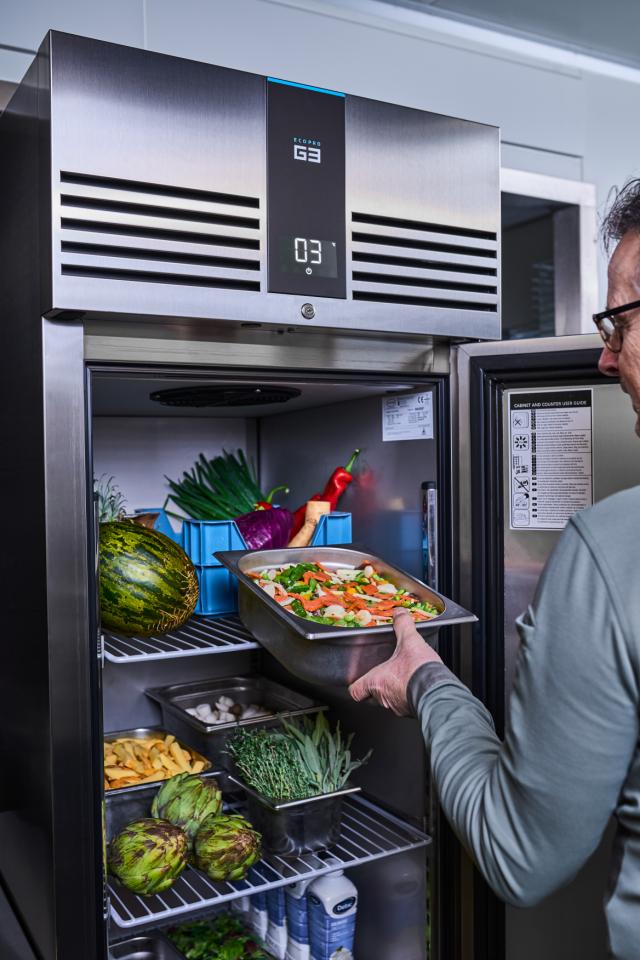
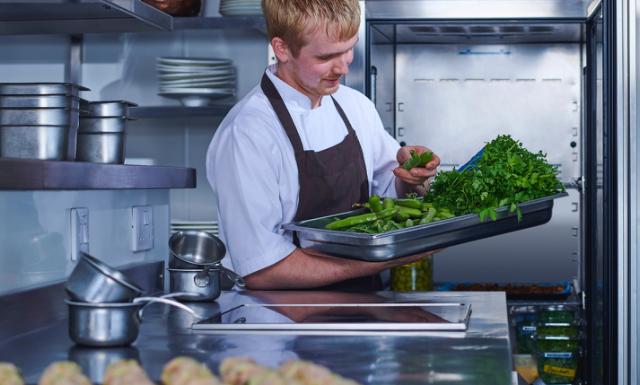
2. Check temperature of incoming goods
It is not enough to focus on the temperature at which you store food on your premises. Always check the temperature of refrigerated and frozen foods as it arrives. If the temperature is above safe food storage levels do not accept the delivery as the food could already be unsafe and potentially hazardous.
3. Hygiene
Bacteria that cause food poisoning can survive on the surfaces of your refrigerator. Clean your refrigerator regularly, internally and externally. Wipe up spills immediately and avoid using solvent cleaning agents or abrasives that may pass on taste to stored food, or damage your refrigerator’s interior finish.

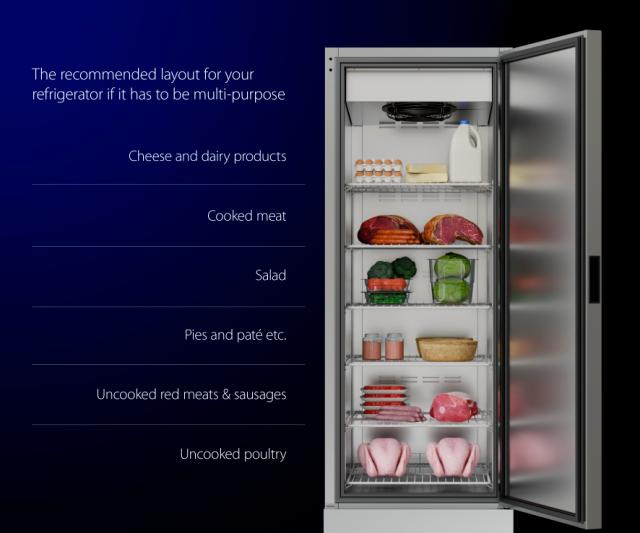
4. Keep raw meats away from other foods
An absolutely critical point! Ideally raw and uncooked meats should be kept in separate refrigerators, but if this is impossible you must keep uncooked foods in a lower part of your fridge, thus preventing the risk of dripping juices which can cause the dangerous contamination of other items in the refrigerator.
5. Store other products in the appropriate areas
If your refrigerator has to be multi-purpose, keep non-dripping dairy products like cheese at the top of the cabinet, with cooked meats and meat products like pies and pâté below. Uncooked meats and sausages must be stored at the bottom of the fridge. If necessary, put red meats and sausages above uncooked poultry- but never the other way around.
6. Take care over salads
In domestic situations salad is often stored at the bottom of the fridge: but this is not good food safety practice. You can store salads below cooked meats, but they should always be above raw meats. Always keep salad covered, in a deep, lidded container or wrapped in cling film to avoid salad dehydration. Rinse salad ingredients thoroughly before use.
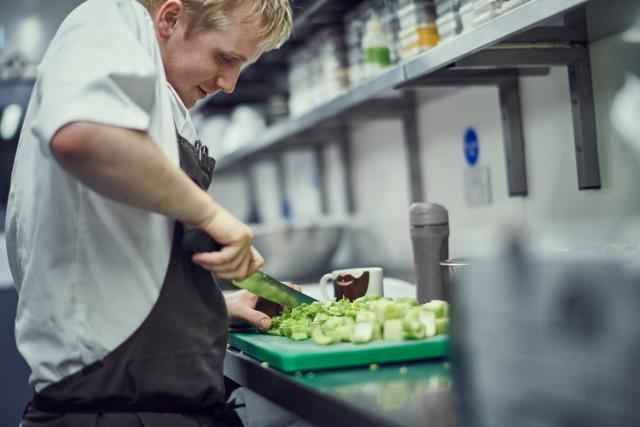
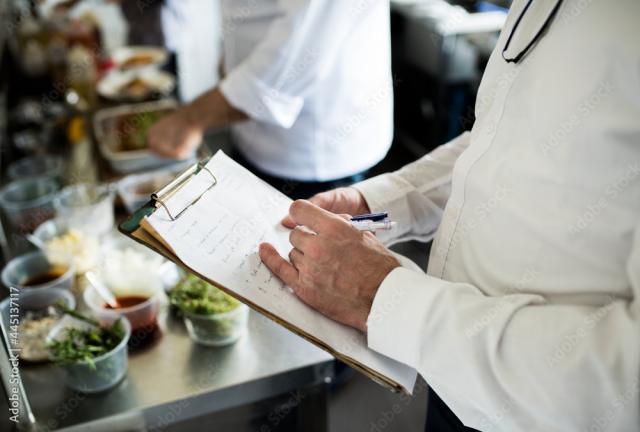
7. Rotate your stock diligently
Use labels or a dry-wipe board to record when foods are first placed in the refrigerator and make a note of use-by dates on packaging. Place newer stock at the back of your refrigerator, to ensure items do not remain unused past the appropriate date. Check each time you remove stock that it is within date.
For unmarked foods such as fresh meat, do not go beyond recommended maximum storage times. Ensure there is a space between all items to allow airflow: vital for correct temperature to be maintained. Avoid standing food on the base of the fridge and do not overload your fridge or it will not operate efficiently and safely.
8. When freezing, be sure to freeze immediately
Pre-packed meat should always be used by the recommended date or frozen immediately. Follow the storage times indicated in this leaflet, unless freezing meat immediately.
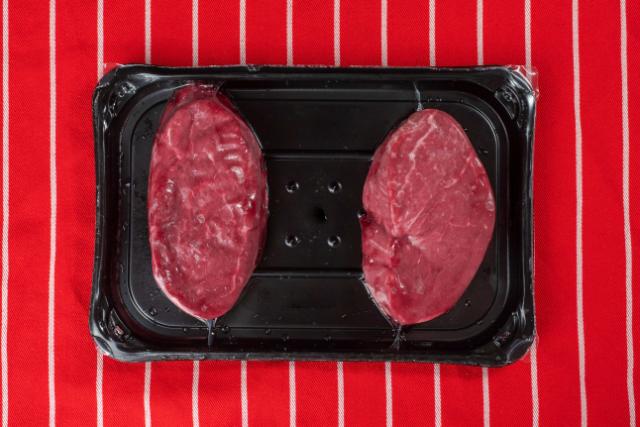

9. Thaw thoroughly and safely
Frozen meat must be thawed thoroughly before cooking or it will fail to cook properly. It is extremely dangerous however to leave meat to thaw at room temperature. Ideally use a specially designed Thaw Cabinet.
Alternatively, you can thaw in a microwave or overnight in a refrigerator. Be especially careful of liquid produced by thawing meat. Ensure that it does not drip onto other foods and throw the liquid away. Once frozen meat is thawed, never re-freeze unless it has been cooked first.
10. Once packaging is opened, move to covered containers
Once opened, always treat canned and packaged foods as fresh. Never store opened cans, Tetra Paks or other non-resealable packages in the refrigerator: instead transfer the contents to a sealed container first. Wrapped and shrinkwrapped foods, including sliced meats and cheeses, should also be re-covered, using cling film, foil or food-safe plastic containers as appropriate.
By following these simple guidelines, you will help to keep you and your customers safe. All foods should be wrapped or containerised. It is vital for safety and quality, that food is stored at the correct temperature and for the correct time. Always check the labels of manufactured foods for any storage advice.
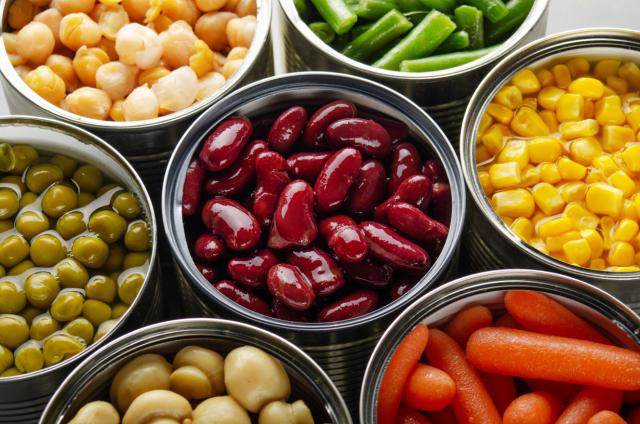
Want to know more?
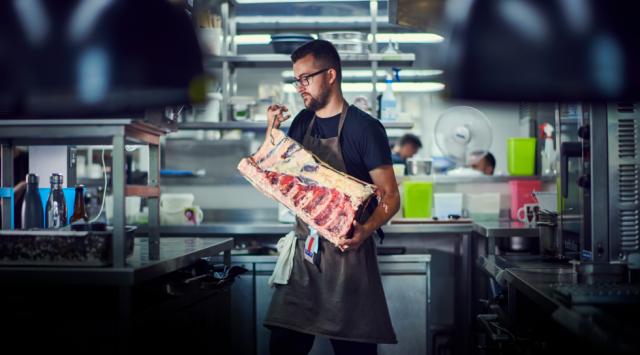
Storing Fish, Meat and Poultry Safely on a Commercial Scale
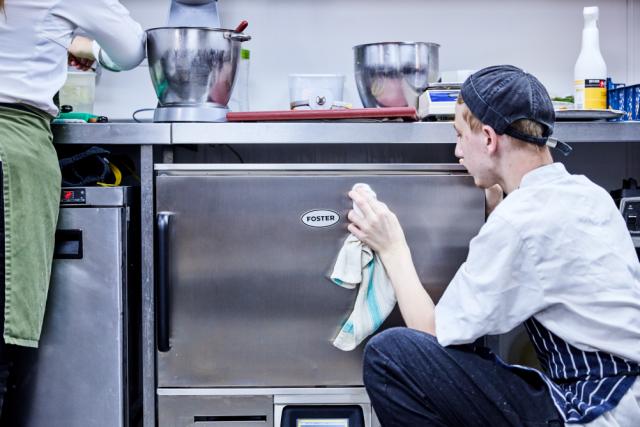
Seven hygiene hazards that can catch you off-guard

Training Staff on Food Hygiene Regulations

